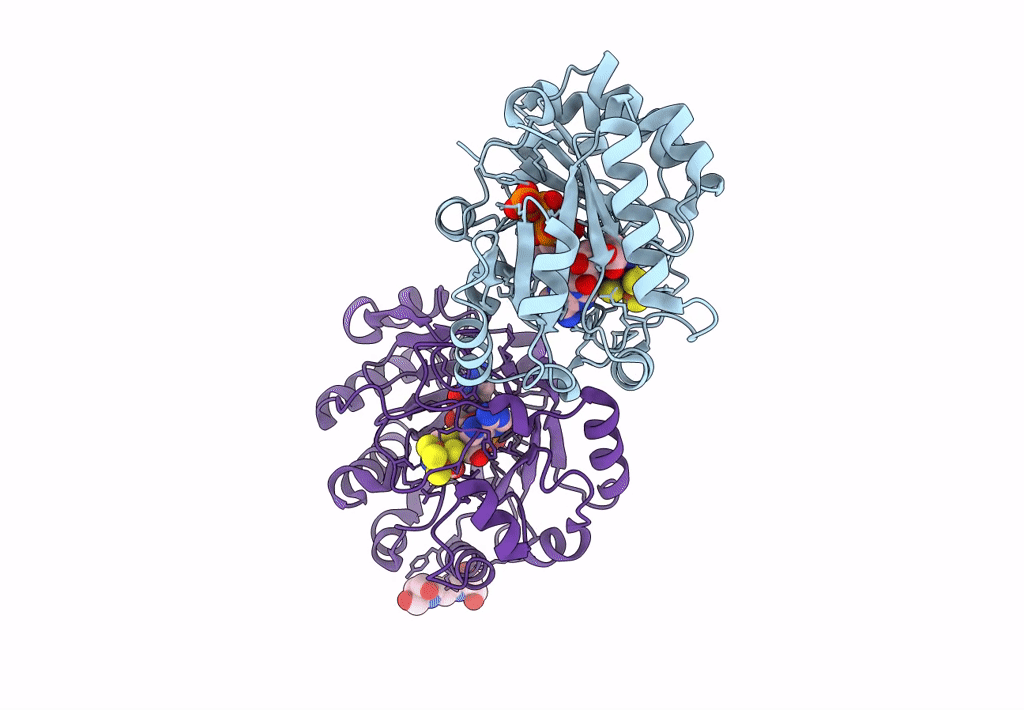
Deposition Date
2019-08-08
Release Date
2020-01-22
Last Version Date
2023-10-11
Entry Detail
PDB ID:
6Q2P
Keywords:
Title:
Crystal structure of mouse viperin bound to cytidine triphosphate and S-adenosylhomocysteine
Biological Source:
Source Organism:
Mus musculus (Taxon ID: 10090)
Host Organism:
Method Details:
Experimental Method:
Resolution:
1.45 Å
R-Value Free:
0.15
R-Value Work:
0.14
R-Value Observed:
0.14
Space Group:
P 21 21 21


